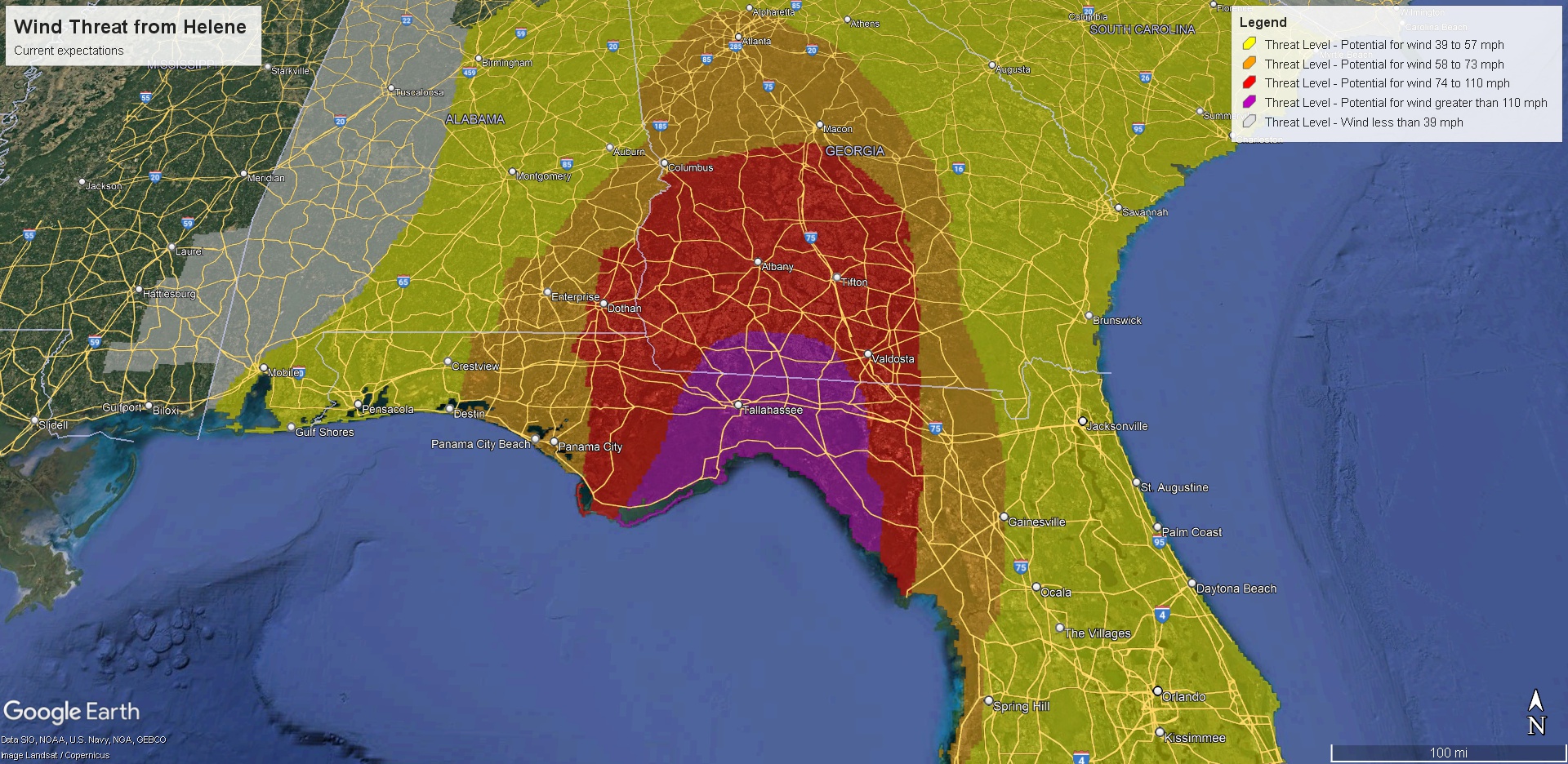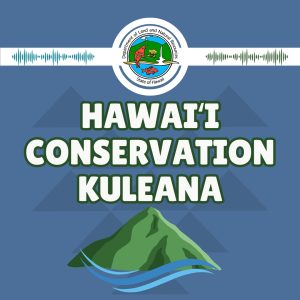Report on the Delta Stewardship Council’s Climate Resilience Initiative and Alignment with Sustainable Development Goals
Introduction: A Strategic Approach to Climate Action
In alignment with global efforts recognized during Delta Week and Climate Week NYC, the Delta Stewardship Council has launched new resources under its Delta Adapts initiative. This initiative represents a significant regional commitment to SDG 13 (Climate Action) by developing a comprehensive climate resiliency strategy. The program’s framework is designed to foster multi-level collaboration, directly supporting SDG 17 (Partnerships for the Goals), and aims to build resilient infrastructure and communities, in line with SDG 11 (Sustainable Cities and Communities).
Fostering Partnerships for Implementation (SDG 17)
A central component of the initiative is the formation of a new Delta Adaptation Work Group, scheduled to convene in 2026. To facilitate this, the Council is actively seeking stakeholder input through a public survey. This participatory approach is fundamental to building the strong partnerships required by SDG 17.
- Objective: To support the implementation of the Delta Adapts Adaptation Plan.
- Goal: To identify and allocate resources to build community adaptation capacity, a key target of SDG 11.
- Method: A survey has been released to gather feedback and identify interested parties to shape the work group’s structure and mandate.
Innovative Tools for Sustainable Development
The Council has released two interactive digital tools to enhance transparency, support data-driven decision-making, and promote public engagement. These resources exemplify the application of innovation as called for in SDG 9 (Industry, Innovation, and Infrastructure) to address complex environmental challenges.
-
Delta Adapts ArcGIS StoryMap
This resource provides a comprehensive narrative of the Delta Adapts initiative, from the 2018 Vulnerability Assessment to the 2025 Adaptation Plan. It serves as an educational tool that clarifies the climate threats to the region’s water supply and ecosystems, thereby supporting the objectives of SDG 6 (Clean Water and Sanitation) and SDG 15 (Life on Land).
-
Adaptation Strategy Dashboard
This interactive dashboard allows users to explore the Adaptation Plan’s strategies and actions. It is a practical tool for implementation partners to identify their specific roles and responsibilities, streamlining collaborative efforts essential for SDG 17. By making the plan accessible to the public, the dashboard promotes the transparent and inclusive governance necessary for building sustainable communities under SDG 11.
Conclusion: Advancing a Climate-Resilient Future
The survey and interactive tools launched by the Delta Stewardship Council are integral to advancing a climate-resilient future for the Sacramento-San Joaquin Delta. By integrating stakeholder engagement with innovative technology, the Delta Adapts initiative provides a robust framework for achieving regional climate goals while making direct and measurable contributions to the United Nations Sustainable Development Goals, particularly those concerning climate action, sustainable communities, and global partnerships.
Analysis of Sustainable Development Goals in the Article
1. Which SDGs are addressed or connected to the issues highlighted in the article?
-
SDG 13: Climate Action
The article is centered on the “Delta Adapts” initiative, which is explicitly a climate change program. It discusses creating climate resiliency, developing an Adaptation Plan, and assessing vulnerability to climate change, all of which are core components of SDG 13.
-
SDG 17: Partnerships for the Goals
The article emphasizes a collaborative approach, mentioning the involvement of “federal, tribal, state, regional, and local partners.” The creation of a “Delta Adaptation Work Group” to support implementation and build community capacity directly reflects the multi-stakeholder partnership model promoted by SDG 17.
-
SDG 11: Sustainable Cities and Communities
The initiative is described as a “comprehensive, regional approach to climate resiliency.” By developing and implementing an Adaptation Plan for the Delta region, the Council is working to make the communities within that region more resilient to climate-related hazards, which aligns with the goal of creating sustainable and resilient human settlements.
-
SDG 14: Life Below Water & SDG 15: Life on Land
The focus of the initiative is the Sacramento-San Joaquin Delta, a critical ecosystem. Efforts to build climate resilience in the Delta inherently contribute to protecting its aquatic and terrestrial habitats from the adverse impacts of climate change, thereby supporting the conservation goals of SDG 14 and SDG 15.
2. What specific targets under those SDGs can be identified based on the article’s content?
-
Target 13.1: Strengthen resilience and adaptive capacity to climate-related hazards and natural disasters.
The entire “Delta Adapts” initiative, from the “Vulnerability Assessment” to the “Adaptation Plan,” is designed to build “climate resiliency” for the Delta region, directly addressing this target.
-
Target 13.2: Integrate climate change measures into national policies, strategies and planning.
The article discusses the “adoption of an Adaptation Plan” for the Delta. This represents the integration of climate change adaptation measures into regional planning and strategy.
-
Target 17.17: Encourage and promote effective public, public-private and civil society partnerships.
The article details the formation of a “new work group to support the implementation of the Delta Adapts Adaptation Plan” and seeks public input through a survey. This effort to foster “collaboration across federal, tribal, state, regional, and local partners” is a clear example of promoting multi-stakeholder partnerships.
-
Target 11.b: By 2020, substantially increase the number of cities and human settlements adopting and implementing integrated policies and plans towards… adaptation to climate change, resilience to disasters…
The development and implementation of the “Delta Adapts: Creating a Climate Resilient Future” initiative and its associated Adaptation Plan for a specific region directly corresponds to this target of creating and executing integrated plans for climate adaptation and resilience.
3. Are there any indicators mentioned or implied in the article that can be used to measure progress towards the identified targets?
-
Indicator for Target 13.1 & 11.b: Adoption and implementation of a regional climate adaptation strategy.
The article explicitly mentions the “adoption of an Adaptation Plan earlier this year.” The existence and subsequent implementation of this plan serve as a direct indicator of progress.
-
Indicator for Target 17.17: Establishment of multi-stakeholder partnerships and platforms.
The plan to create a “Delta Adaptation Work Group” is a measurable indicator. The number and diversity of partners (federal, tribal, state, etc.) who join this work group can be tracked to measure the success of the partnership-building effort.
-
Indicator for Progress in Public Awareness and Engagement: Development and availability of public information tools.
The article announces two new resources: the “Delta Adapts ArcGIS StoryMap” and the “Adaptation Strategy Dashboard.” The creation and public accessibility of these tools are indicators of efforts to share information transparently and build public understanding of climate resilience goals, which relates to Target 13.3 (Improve education, awareness-raising…).
4. SDGs, Targets, and Indicators Table
| SDGs | Targets | Indicators |
|---|---|---|
| SDG 13: Climate Action | 13.1: Strengthen resilience and adaptive capacity to climate-related hazards. | The adoption and implementation of the “Delta Adapts Adaptation Plan.” |
| SDG 11: Sustainable Cities and Communities | 11.b: Increase the number of settlements adopting and implementing integrated policies and plans for climate change adaptation and resilience. | The regional “Delta Adapts” initiative and its comprehensive Adaptation Plan. |
| SDG 17: Partnerships for the Goals | 17.17: Encourage and promote effective public, public-private and civil society partnerships. | The creation of the “Delta Adaptation Work Group” involving federal, tribal, state, regional, and local partners. |
| SDG 14 & 15: Life Below Water & Life on Land | 14.2/15.5: Protect and restore ecosystems and halt biodiversity loss. | Implementation of climate resilience strategies within the Sacramento-San Joaquin Delta ecosystem. |
Source: mavensnotebook.com







